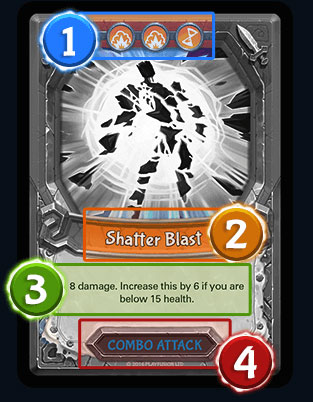Hero cards represent the characters you can play as. They each have three Elements, a trait, and a health value.
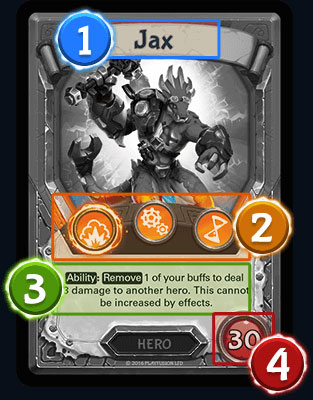
Action cards make up the bulk of cards in your deck, and are the bread and butter of what you use to defeat your opponents. They come in four different types: Attack, Defend, Buff, and Item.
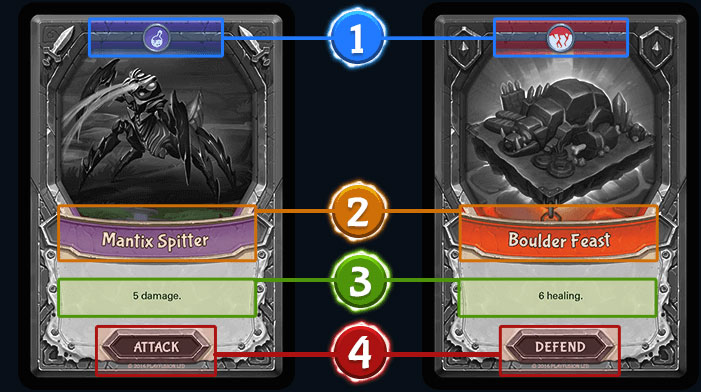
Attack and Defend cards can be identified by the tag at the bottom of the card and the icons in the top corners. Attack cards have a sword icon and Defend cards have a shield icon.
Attacks are directed at other heroes and you can’t choose to use them against yourself. The effects on the card, unless otherwise specified, are directed at the recipient of the attack.
Defends are directed at yourself and the effects can’t be applied to other heroes unless otherwise specified.
Attack and Defend cards are Discarded after they have been played.
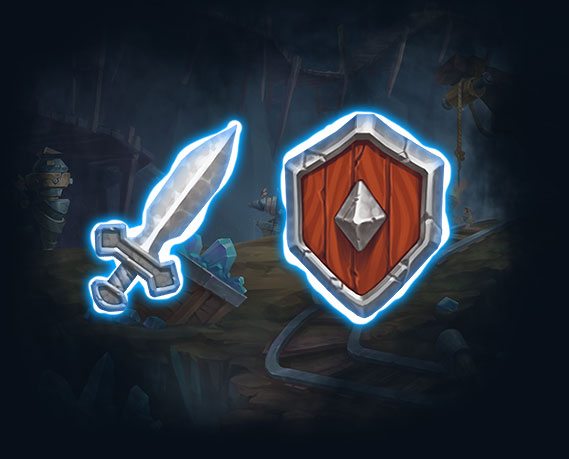
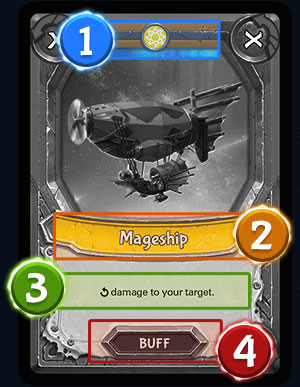
Buff cards can be identified by the tag at the bottom of the card. Their top corners are either empty or contain a rotation symbol (as seen in the images a, b, and c).
Buff cards are placed on the table when played, in the order they were played from left to right, and their effects linger for as long as they stay in play. If the top corners are empty (a), it stays in play indefinitely. Indefinite buffs are in effect the moment they enter play.
If any of the corners have a rotation symbol (b or c), it means that it’s a rotating buff. Rotating buffs with circles in the corner (b) rotate 90 degrees anticlockwise in the beginning of your turn. Rotating buffs with an irregular shape in the corner (c) only rotate when their effect is triggered. If a rotating buff gets to a position where its current top left corner is empty or it’s back to its original upright position, it has Expired and is Discarded.
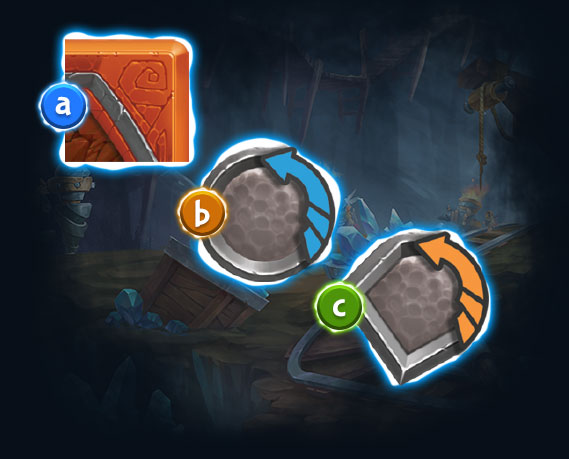
1. Active corner. ‘X’ means ‘ignore the effect'.
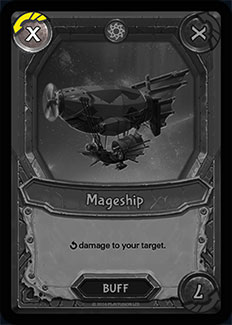
2. Rotate 90 degrees each turn.
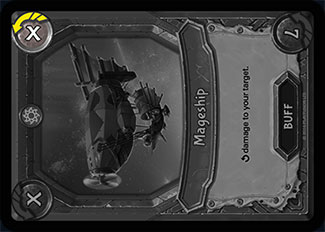
3. The corner is no longer an ‘X’, so trigger the card’s effect.
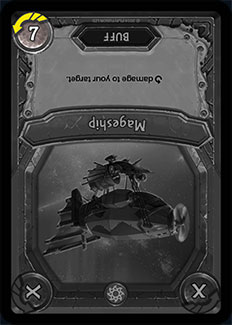
4. The corner is empty. That means the buff has expired and is Discarded.
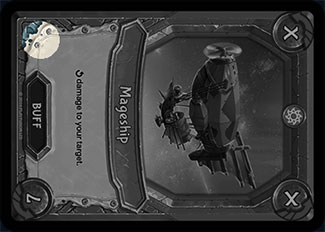
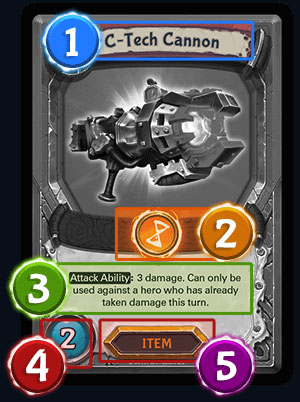
Item cards can be identified by the tag at the bottom of the card and the belt nameplate at the top.
When played, Item cards are equipped to the hero. Unlike other action cards, the Element displayed on an Item card is not a requirement but the hero instead gains this Element when they have the item equipped.
A hero can have 2 points of items equipped at a time. The point value of an item is displayed on the Item card.
Combo cards are powerful spells available to the hero.
To play a combo, the hero must first of all have access to all Elements listed on the combo. Then they also need to pay for it using cards from their hand. Cards used as payment must match all of the Elements on the combo card. Other combos can also be used to pay (and can possibly cover multiple Elements in one go), and so can items.
Cards used to pay for a combo are returned to the deck and the deck is then shuffled.
Similar to action cards, combos come in three categories: Attack, Defend, and Buff. These categories are handled in the same way as they are for action cards.
